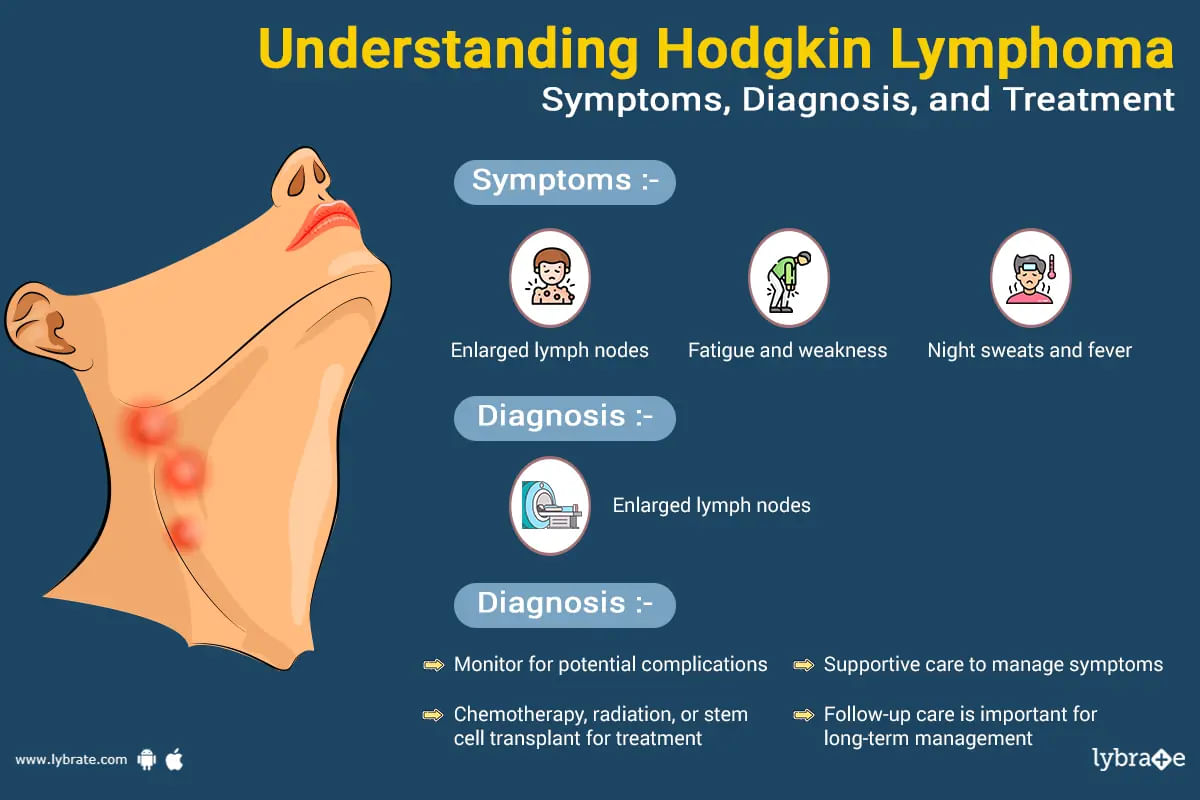Get the App
For Doctors
Login/Sign-up
Health Feed
Find Doctors
Health Packages
AllQ&AsTipsQuizzes
Palliative Treatment Of Cancer Health Feed
Health Query
Share
Bookmark
Report
wrong conception
broncho vascular prominence means cough n cold repeatedly in some intervals.
lately it converted in to COPD OR ILD MEANS CAPACITY OF RESPIRATION DECREASES.
LASTLY IT DECREASES TOO MUCH THAT PETIENT HAVE HUGE DIFFICULTY IN RESPIRATION SO OXYGEN SATURATION BECOMES LOW N LOW THAT LEADS TO DEATH.
broncho vascular prominence means cough n cold repeatedly in some intervals.
lately it converted in to COPD OR ILD MEANS CAPACITY OF RESPIRATION DECREASES.
LASTLY IT DECREASES TOO MUCH THAT PETIENT HAVE HUGE DIFFICULTY IN RESPIRATION SO OXYGEN SATURATION BECOMES LOW N LOW THAT LEADS TO DEATH.
25 people found this helpful
Asked for male, 83 years old from Mumbai
Share
Bookmark
Report
Homeopathy Doctor•Hyderabad
Sorry to hear about your father suffering but in homeopathy we can take a detailed case history and then we can try to reduce the problem and the sufferings of the patients.
364 people found this helpful
Asked for male, 52 years old from Chennai
Share
Bookmark
Report
Homeopathy Doctor•Hyderabad
Hello sir, sorry to hear about the suffering and the problem the disease is causing you homeopathy has shown a lot of good results with such kind of problems there is no side effects related in homeopathic treatment and gradually we can take care and reduce the suffering.
477 people found this helpful
Health Query
Share
Bookmark
Report
General Physician•Noida
Am sorry to hear about the suffering your wife and you are going through. Palliative care can help both of you. Strong painkillers may be needed for her and we cannot prescribe those online. Please visit a palliative care center near you and they will make your lives easier.
If you wish, I can recommend some in sri lanka. You can call me for the same. No charge.
If you wish, I can recommend some in sri lanka. You can call me for the same. No charge.
60 people found this helpful
Last Updated: 2 years ago• Featured Tip
Share
Bookmark
Report
Immune system in the body is also made by a system called the lymphatic system. This system fights with germ near tissue in the body and also it penetrates deep to defend the body. A certain type of cancer called hodgkin lymphoma affects the whole lymphatic system. ;
When hodgkin lymphoma happens to the body the lymphocytes also known as white blood cells increase in number so excessively like a cancer growth. This increase in number causes the lymph nodes to swell a...more
Last Updated: 2 years ago• Featured Tip
Share
Bookmark
Report
पौष्टिक तत्वों की कमी और कन्या कारणों से शरीर में कई तरह की बीमारियां होने की संभावना रहती है। इनमें से कुछ बीमारियां तो इतनी खतरनाक होती हैं, जिसमें इंसान की जान तक चली जाती है। ऐसी ही एक बीमारी है हॉजकिन लिंफोमा। इस बीमारी की गिनती भी खतरनाक बीमारियों में ही की जाती है। चलिए इस बीमारी के विषय में सारांश से चर्चा करते हैं और इस बीमारी के लक्षणों और इलाज के बारे में जानते हैं। साथ ही यह भी जानते हैं कि आखिर यह बीमारी क्यों होती है।
क्या है हॉजकिन लिंफोमा
दरअसल, हॉजकिन लिंफोमा एक प्र...more
क्या है हॉजकिन लिंफोमा
दरअसल, हॉजकिन लिंफोमा एक प्र...more
Health Query
Share
Bookmark
Report
Doctor at center is the best guide. I would suggest even if you go for it, do not ignore fo give erythropoetic and anti karkat herbals to raise natural immunity and prevent failures of modern techniques. No harm. We respect every system of medicine. These are complimentary to each other. Pl consult once in your own interest or talk by booking on Lybrate.
Health Query
Share
Bookmark
Report
Bachelor of Occupational Therapy (BOT)
Alternative Medicine Specialist•Chandauli
Your lungs is infected, check your bulgum in any pathology for any bacteria or virus, if found then direct go for doctor to take proper medication.
Same you can go for cancer test.
Same you can go for cancer test.
17 people found this helpful
Last Updated: 3 years ago• Featured Tip
Share
Bookmark
Report
लेजर के द्वारा उपचार आजकल काफी आम हो गया है। अधिकतर लोग अपनी त्वचा और आंखों के उपचार के लिए इसका इस्तेमाल करते हैं। इसका उपयोग विभिन्न उद्देश्यों जैसे बारकोड स्कैनिंग, आनुवंशिक अध्ययन,, कॉस्मेटिक सर्जरी इत्यादि में किया जाता है। आजकल, बालों के प्रत्यारोपण सर्जरी, बॉडी लेजर उपचार और विकृत रोगियों के रूप में सुधार के लिए फेसलिफ्ट में इसका अधिक उपयोग होता है।
दुर्घटनाओं, चोटों या गंभीर जलन के दौरान भी इसे उपयोग में लाया जाता है।।वर्तमान में लेजर उपचार वास्तव में कॉस्मेटिक सर्जरी का तीसरा स...more
दुर्घटनाओं, चोटों या गंभीर जलन के दौरान भी इसे उपयोग में लाया जाता है।।वर्तमान में लेजर उपचार वास्तव में कॉस्मेटिक सर्जरी का तीसरा स...more
737 people found this helpful
Asked for female, 35 years old from Chandigarh
Share
Bookmark
Report
This may be due to medicine effect or due to disease progression both.
Need to withhold imatinib and get bcr-abl pcr done, if this report shows a high percentage value, medicine to be changed, if not detected, imatinib dosage needs reduction further.
Need to withhold imatinib and get bcr-abl pcr done, if this report shows a high percentage value, medicine to be changed, if not detected, imatinib dosage needs reduction further.
Book appointment with top doctors for Palliative Treatment Of Cancer treatment
View fees, clinic timings and reviews
Ask a free question
Get FREE multiple opinions from Doctors
posted anonymously











